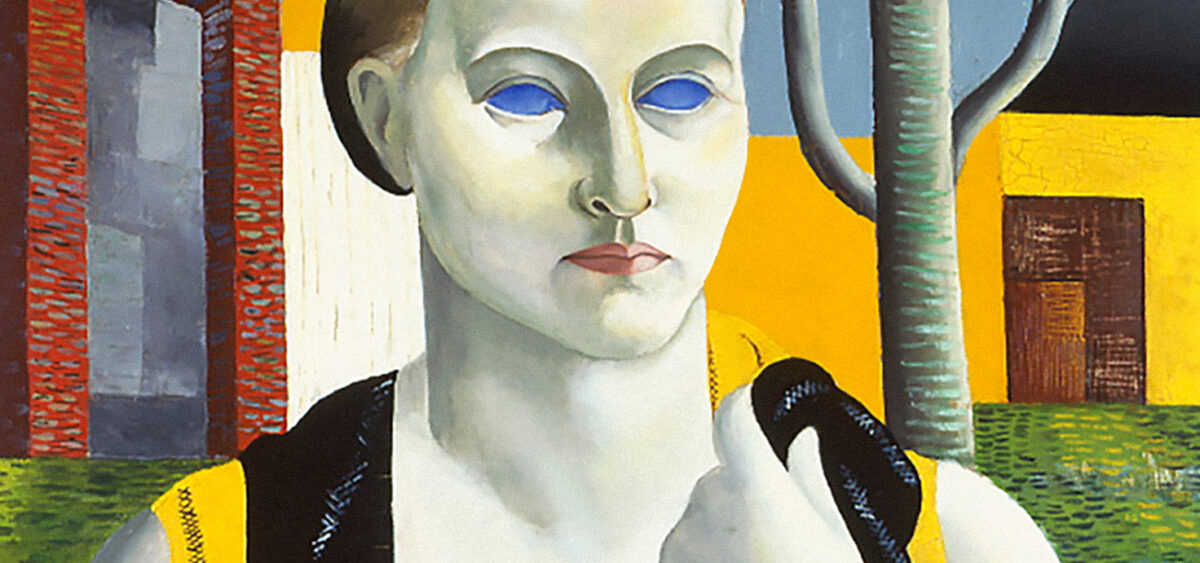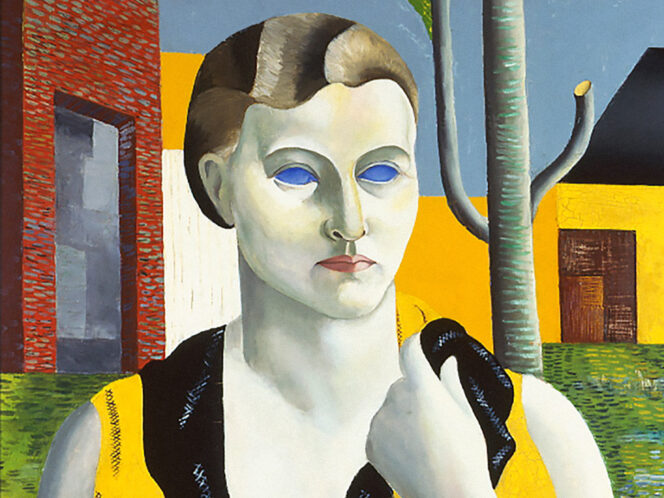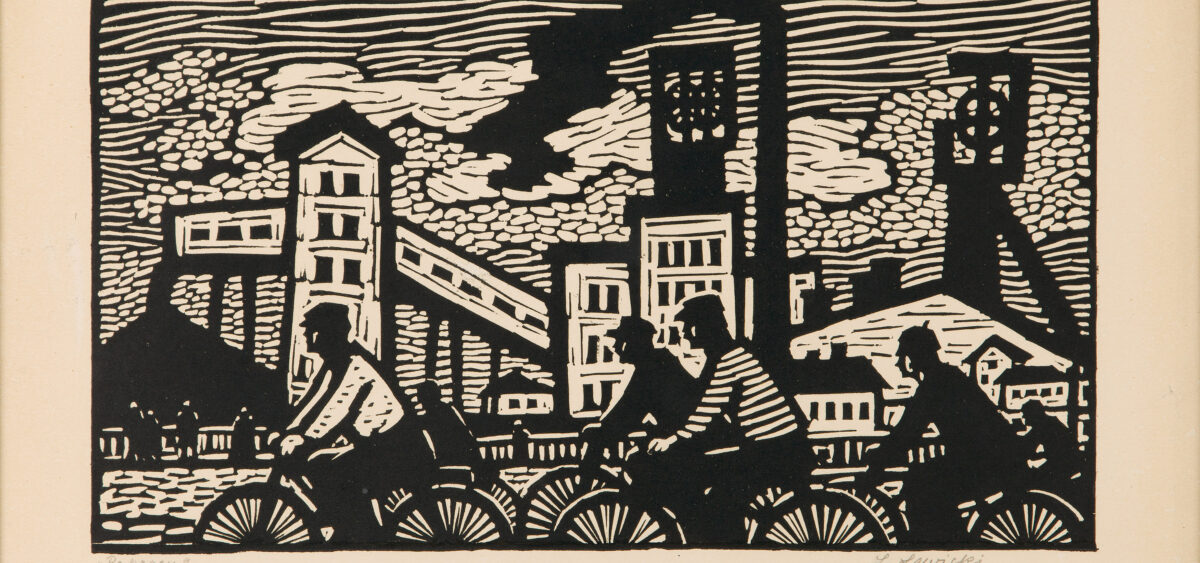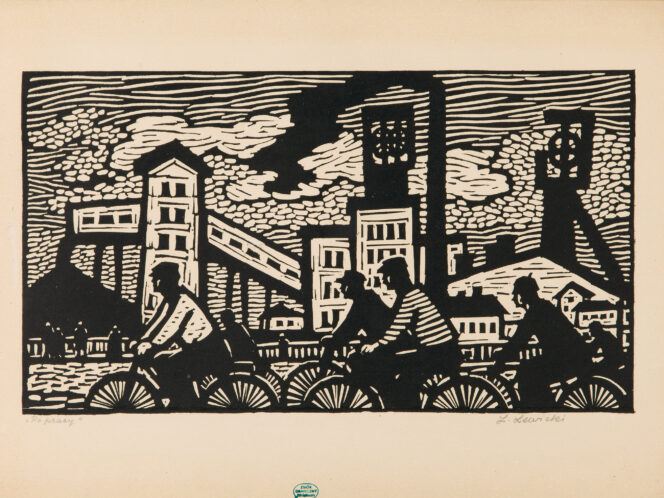
Just like many important and now forgotten Polish artists who were active in the first half of the 20th century, the heroine of today’s choice came from Podolia.
Maria Ewa Łunkiewicz-Rogoyska – shortened to M.Ewa or simply Mewa, as she was known – was born on 5th April 1895 in a village of just over 400 residents, called Kudryńce (modern-day Kudryntsi in Ukraine) on the Zbruch River in the Kamieniec Podolski (Kamianets-Podilskyi) district. The village was owned by the Kozbiebrodzki family and leased by the artist’s father, Stanisław Chmielowski who, just like his elder brother Adam, was educated in the Polytechnic Institute of Agriculture and Forestry in Nowa Aleksandria, as the town of Puławy was called at the time. Adam Chmielowski, you may be right in thinking, was the famous Catholic Saint, Brother Albert, who lost his leg during the January Uprising, became a painter, and finally, in the 1890s, dropped the art and founded the Albertine Brothers and the Albertine Sisters (Servants and Sister Servants of the Poor) in Kraków, where he worked to help the poor and lonely. Mewa’s mother – Maria née Kłopotowska – was also a painter. She studied art in an unknown workshop in Paris, as well as on Adam Baraniecki’s courses in Kraków. No wonder that Mewa’s family home was filled with paintings,








